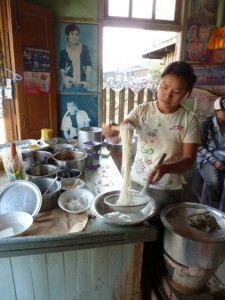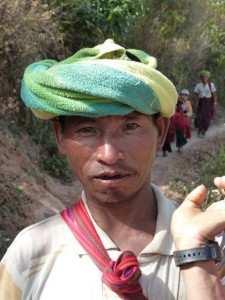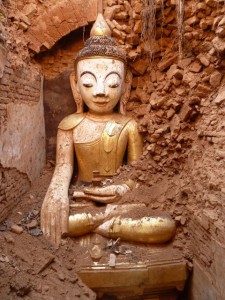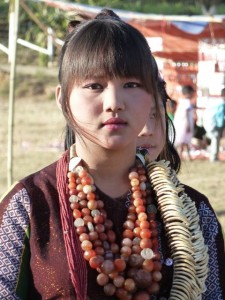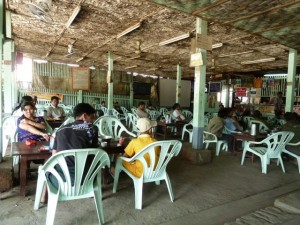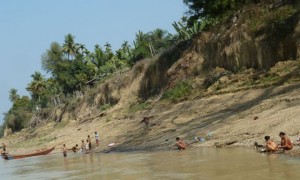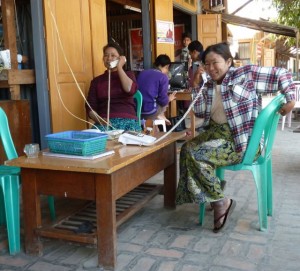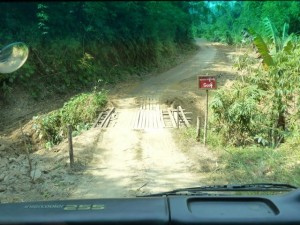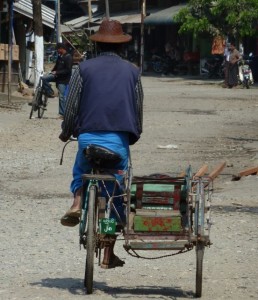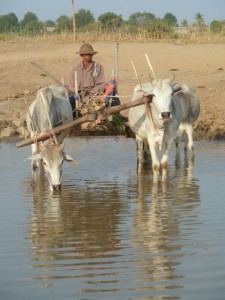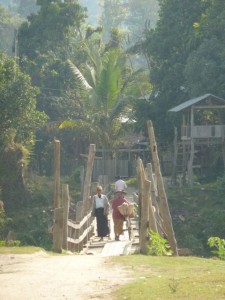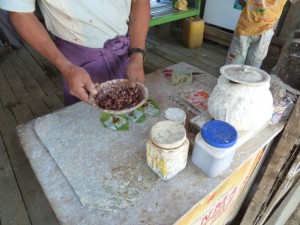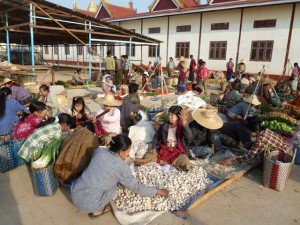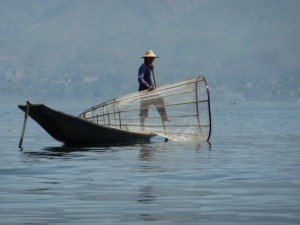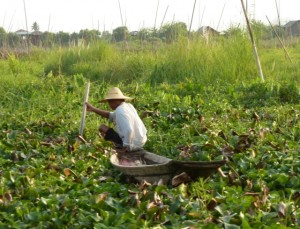About Dina

Dina Bennett was born in Manhattan, New York, in 1955, to a French mother, an Austrian father and immediately attentive older sister. The new foursome soon left the city for a house in the suburbs, with a garden large enough for the budding tomboy to run around. Her parents made sure weekends were spent on hiking trails or ski slopes; Dina took to these activities like a duck to water, thrilled to have the chance to impress upon her tall, slender blonde older sister exactly who was tougher. The summers of her youth were spent in France, Switzerland and Italy, hopelessly comparing her moody self to her sunny, chic French cousins.
Her competitive spirit and generally anxious outlook on life continued at Pomona College, Claremont, California where she studied sociology; her nights were spent perfecting cribbage moves and breaking into the dining halls to satisfy post-midnight cravings.
Following graduation, she moved to Boulder, Colorado, worked for several cultural organizations, got her MBA and bided her time till her future husband, Bernard, arrived in town. He was French, which might have been a bad thing, but proved not to be. They married six months after meeting and have remained married despite the sad statistics depressing other baby boomers.
After several years with a Denver PR firm using her sense of humor and gift with words to promote major sports franchises, financial institutions and hospitality companies, she decided to join Bernard in his fledgling software localization company. Together they built and ran a dynamic and successful firm, proving you can love someone and still hate them when they disagree with you publicly in a business meeting. The business took all her energy for twelve years and required postponing the myriad trips that she had imagined the two would take together, eventually leaving Dina a fuming mess of delayed gratification.
On selling the firm at the turn of the millenium, Dina and Bernard moved to a rural cattle and hay ranch in the northern Colorado mountains. There, her dawn-till-dark lifestyle in the company of moose, tractors and mustangs, beaver pelts and elk carcasses, gave new meaning to the phrase, "not working anymore." Click on teh Ranch tab to read about her experiences adopting mustangs, loading hay trucks and building fences.
Dina has been untangling herself from barbed wire to join Bernard on extended road trips in far-off places for years now, seeking out back roads and off-map villages in yearly attempts to get themselves into ever deeped vehicular trouble.
















